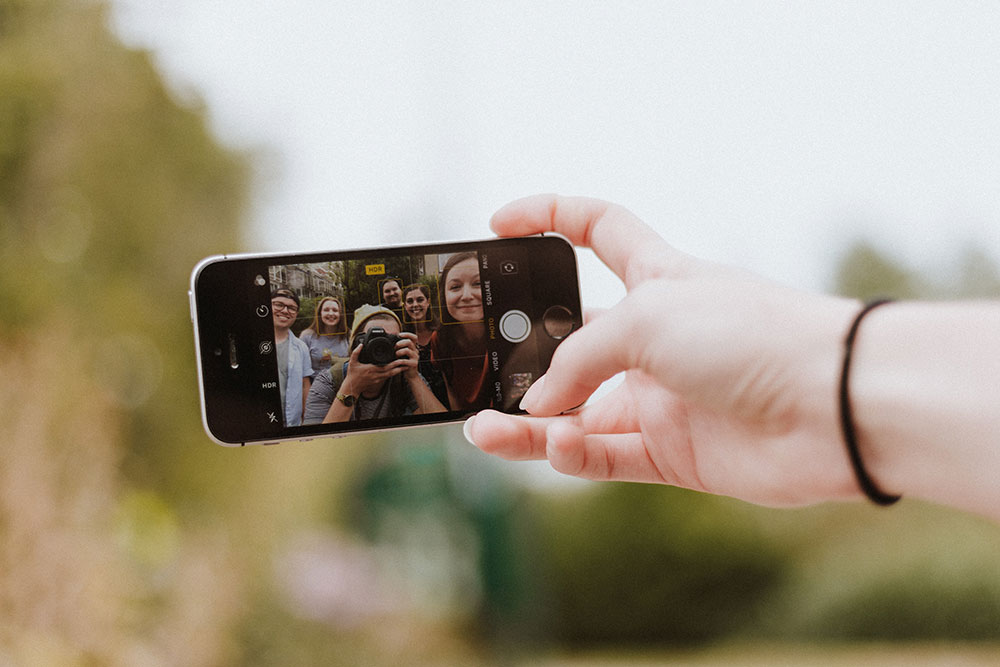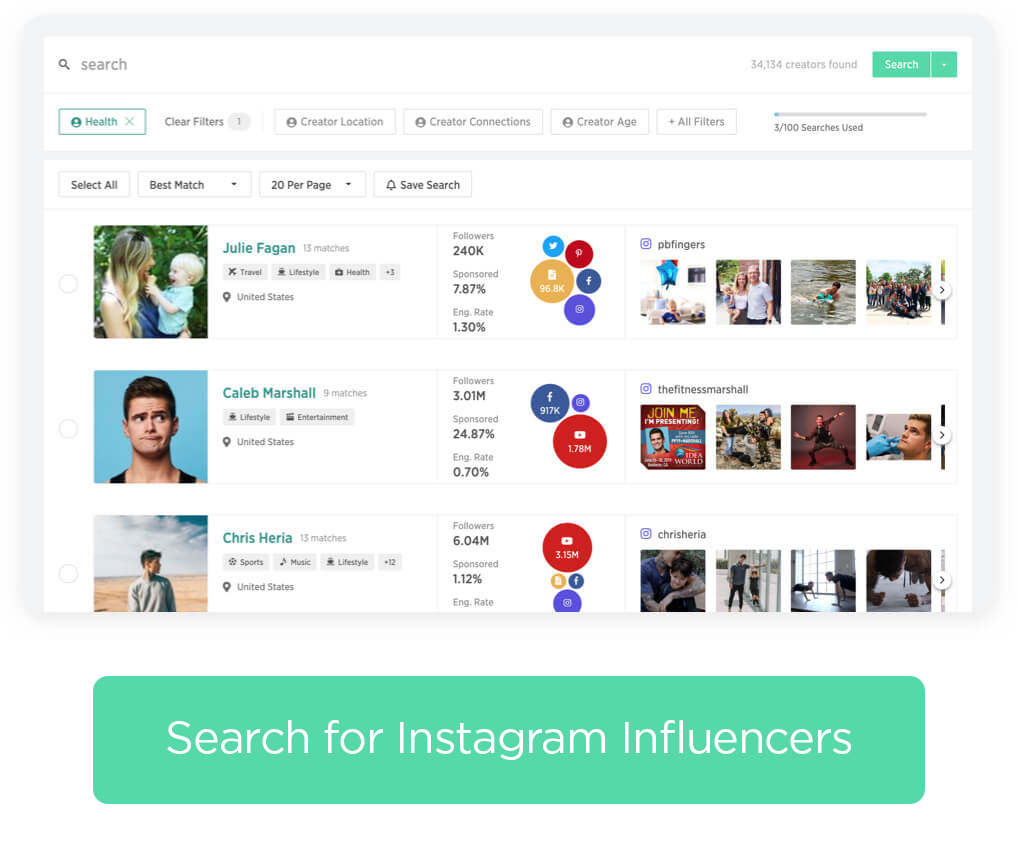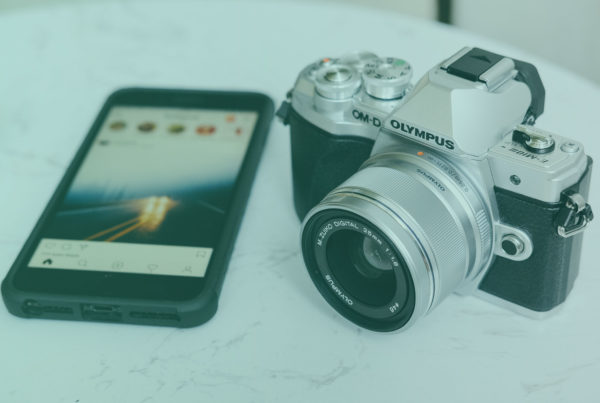Anyone paying even casual attention to business reporting, celebrity gossip and other media has probably heard of influencers and influencer marketing. It’s a hot topic that is quickly becoming associated with sponsorship deals, bringing success to businesses and individual social media users alike.
But what is an influencer, really? It’s worth thinking about. Can just anyone be an influencer? What sets an Instagram influencer apart from an influencer on another platform, like YouTube or Twitter? What’s the difference between a content creator who’s just starting out and one who’s been at it for years and has millions of followers? Let’s dive in and explore the answers to these questions so you can have a better understanding of the landscape around influencer marketing on Instagram. Whether you want to become an influencer or you’re a brand looking to partner up with an influencer, these details will help guide you in the right direction.
Defining “Influencer”
In the broadest terms, an influencer is a person who has a built-in audience that is interested and engaged with what that person creates or posts. On Instagram, that means the influencer has a relatively large number of followers who like and comment on posts. Ideally, those followers will also click on links and complete other calls to action. That type of engagement indicates a level of trust and commitment on the part of the influencer’s audience.

Technically speaking, anyone can be an influencer. There isn’t a specific skill set required for influencing work other than social media savvy, and there isn’t an official licensure or certification process either. If you have that “it” factor and know how to use Instagram well, you can position yourself to become an influencer.
Refining the “Influencer” Concept for Effective Strategy
A lot of brands make the mistake of taking a too-broad approach to defining what an influencer is on Instagram. They’ll look at anyone with a high follower count and count that person as an influencer. This isn’t really a good idea, because people can artificially inflate their popularity by buying fake followers. Engagement is often more important than follower count alone.

Brands with effective influencer marketing strategies tend to want to work with dedicated content creators who have something specific to offer their audience, whether that be inspiration, aspiration or information. Whatever form the creator’s posts take, they typically should focus on a specific audience segment or content topic niche. For example, a special effects makeup artist who posts a lot of photos of their work will probably draw a lot of attention from professional makeup artists and people interested in the movie industry. That means that brands who make special effects makeup products will likely see value in reaching that creator’s audience.
Audience interest is key in setting “influencer” users apart from other accounts on Instagram. If you’re just posting random pictures of your everyday life without a specific content focus, chances are that you don’t have what it takes to be an influencer just yet. Most people aren’t really that interested in day-to-day mundanities from people they don’t know personally. There are some exceptions, of course—lifestyle bloggers, mommy bloggers and others who mine content from their lives can succeed without having a particular niche. But to be popular, these accounts’ posts have to be interesting enough to offer value to people who don’t know them personally. That’s essential—influencers have to post content that people actually want to see.
Influencers Large and Small
It’s essential to understand the idea that popularity isn’t the only factor in telling the influencers from the normals on Instagram. While it can be effective for brands to work with creators whose accounts have millions of followers, not every business has the profile and resources to partner up with those influencers. Remember that follower engagement, trust and loyalty are also quite important in influencer marketing.

Let’s say you are looking at two accounts in a content niche that are relevant to your brand. One of those accounts has 1.5 million followers, and the other has 50,000. Relatively speaking, the 50,000-follower Instagram account may seem like it will get you a lot less exposure than the 1.5 million-follower account. But if you dig deeper, you may see that the two accounts get about the same number of likes and comments on their posts. The smaller account may post more regularly, and with higher-quality content that’s more relevant to your brand.
In this case, the smaller account may be the better influencer. Their actual influence over their audience is probably stronger. Smaller creators like this are known as micro-influencers, and they should be on every influencer marketing team’s radar. Accounts with 1 million followers or more are known as macro-influencers, and while they tend to get a lot of attention, they may not offer the best ROI.
This all means that follower count doesn’t really have anything to do with whether a person is an influencer or not. Effective influencer marketing campaigns are driven by results, not expectations. Assuming that a creator needs to have crossed a certain threshold of popularity can be a mistake when it comes to setting parameters for what you’re looking for in an influencer partner.
Instagram vs. Other Platforms: What to Look for in an Instagram Influencer
As the name indicates, an Instagram influencer needs to have an impactful presence on Instagram itself. Influencers with strong followings on other platforms may not have the skills necessary to make their Instagram presence count.
In practice, this means that an effective Instagram influencer partnership will connect the brand with a creator who understands the basics of what makes Instagram in particular tick. Here are some of those basics to look out for:
- Image: Instagram is heavily focused on visuals, with still photos serving as the bread and butter. Videos and Stories are also important, but the people who do best on Instagram tend to have a knack for creating still images that capture a certain look or feel that makes sense for their content niche. Photo quality, framing, consistency and filtering are all important elements to examine during the vetting process.
- Language: Influencers should also understand how to add text to their posts in an effective way. A lot of brand promotions require the use of explanations to convert the audience and bring about a desired result. An influencer who doesn’t understand how to write compelling captions that are concise and clear might not do a great job with this part of the equation. And though you can write captions for the influencer, it’s usually best to find someone who can do this themselves so the content sounds like it’s authentically from them.
- Tags: Whether it’s hashtags, geotags or user tags that link back to your brand’s own Instagram account, you should look for an influencer who’s savvy in their use of these tools. Instagram’s discovery and connection potential is high, but only if the user knows how to use tags to their advantage.
- Authenticity: Though smoke and mirrors can go a long way online, audiences also know how to sniff out someone who isn’t being real. An influencer whose photos look so edited they’re fake might not retain their audience.
- Audience engagement: Engagement is a two-way street for influencers. If an influencer responds to a comment from a follower, that can help to boost loyalty and trust. Macro-influencers might have a hard time responding to comments, but micro-influencers can be more friendly and connected to their audience. That’s yet another reason why smaller influencers can be a better choice.
Though the definition of “influencer” is growing and changing as digital life and marketing evolve, there are some criteria to look out for. Just remember that bigger isn’t always better, and that someone with true influence over their audience will know how to get and stay connected.





